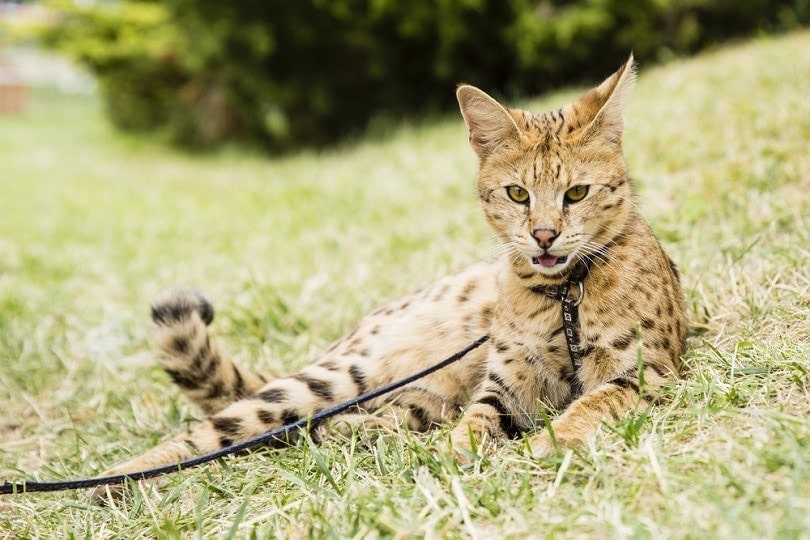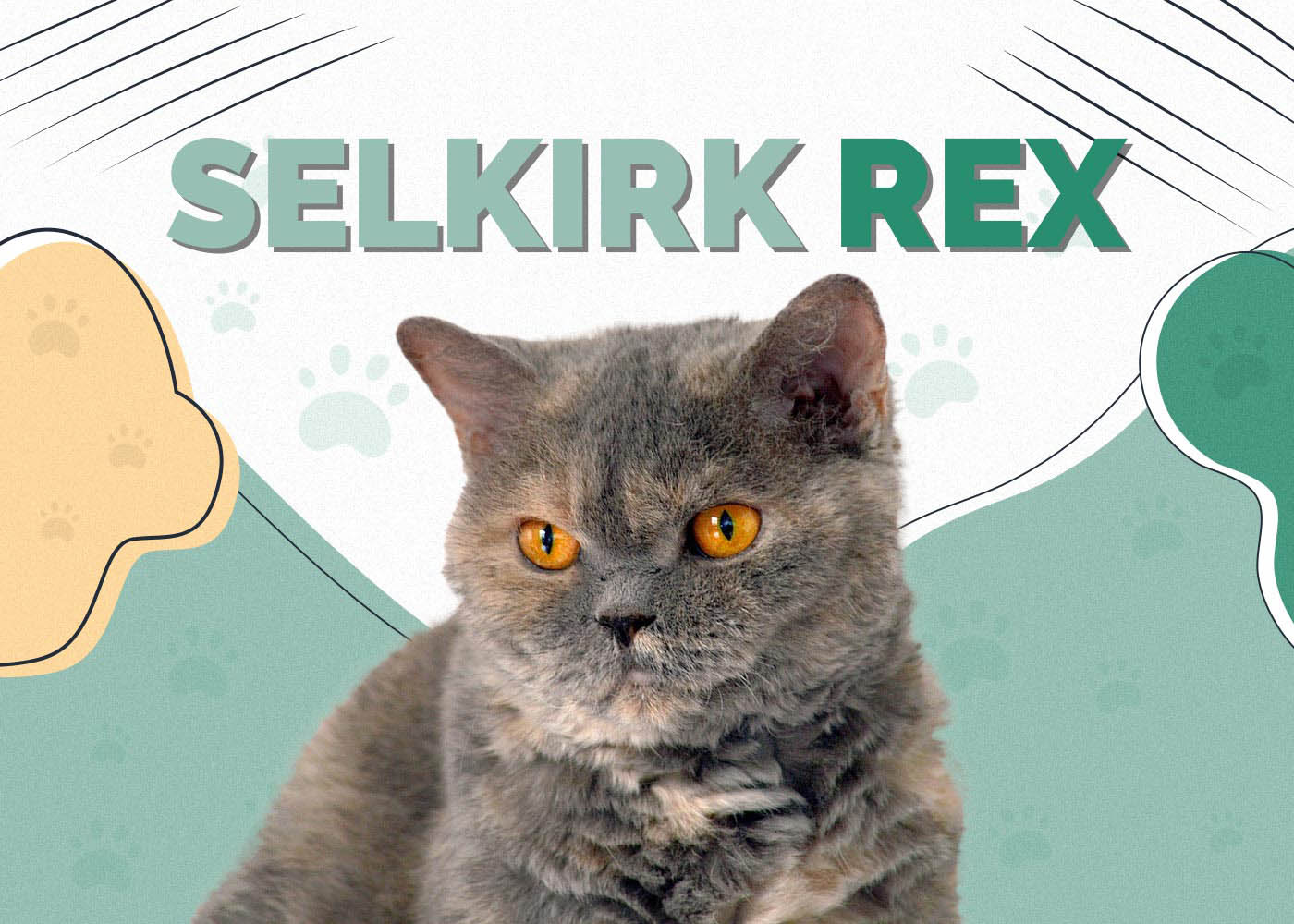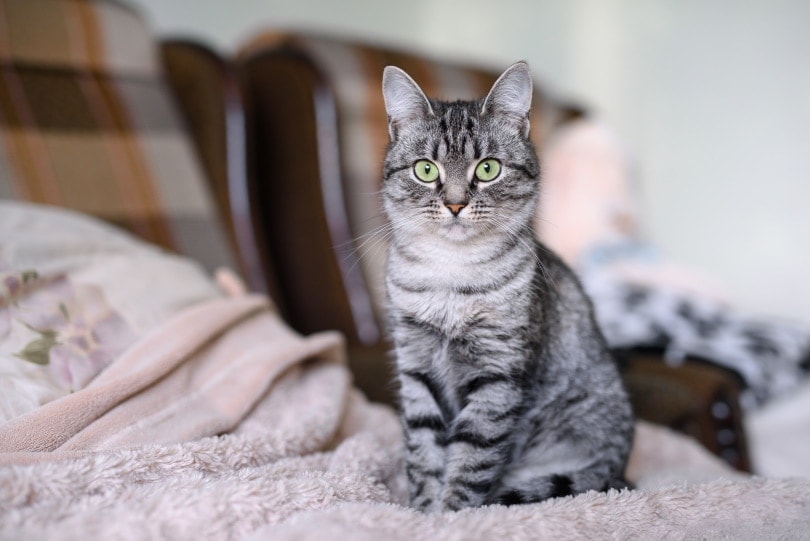Tabby Cat: Info Pictures, Care, Traits & Facts
By Jessica Kim
Updated on
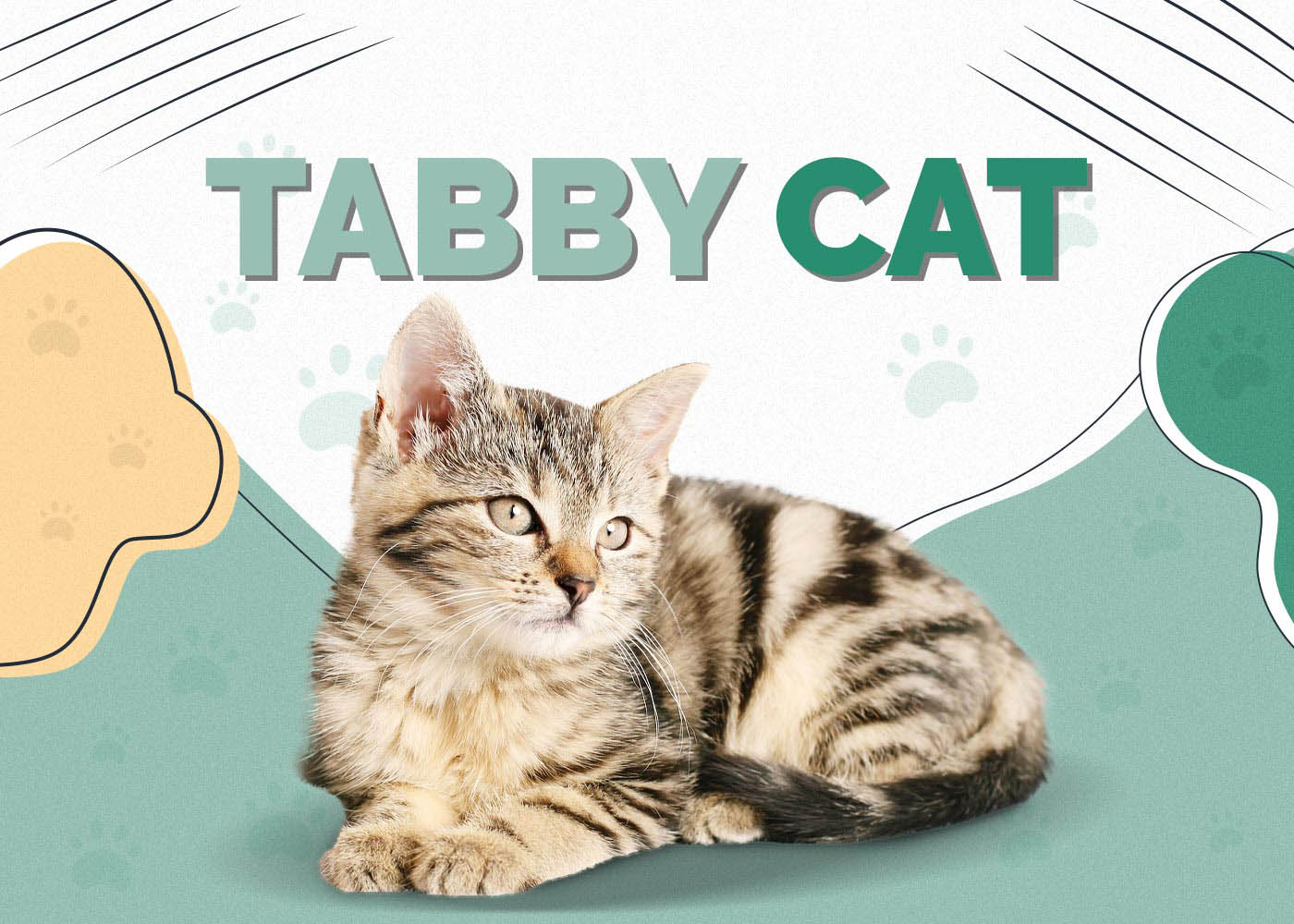
| Height: | 10–16 inches |
| Weight: | 9–20 pounds |
| Lifespan: | 10–15 years |
| Colors: | Black, brown, cream, gray, orange |
| Suitable for: | First-time cat owners, apartment dwellers, families with children |
| Temperament: | Friendly, intelligent, active |
Tabby cats are so popular that they’re often mistaken as a specific cat breed. However, a tabby cat is any cat that has a specific type of marking due to a genetic trait. So, many cats of different breeds can also be referred to as tabby cats.
People often think of Garfield or Milo when they think of tabby cats. However, there’s a diverse range of tabby cats that come in several different colors and hair lengths and have many beautiful patterns on their coats.
There’s so much to learn and appreciate about these cats. So, we’re here to clear up any confusion and misconceptions about tabby cats and provide helpful information for anyone who’s thinking of bringing one home.
 Tabby Kittens
Tabby Kittens
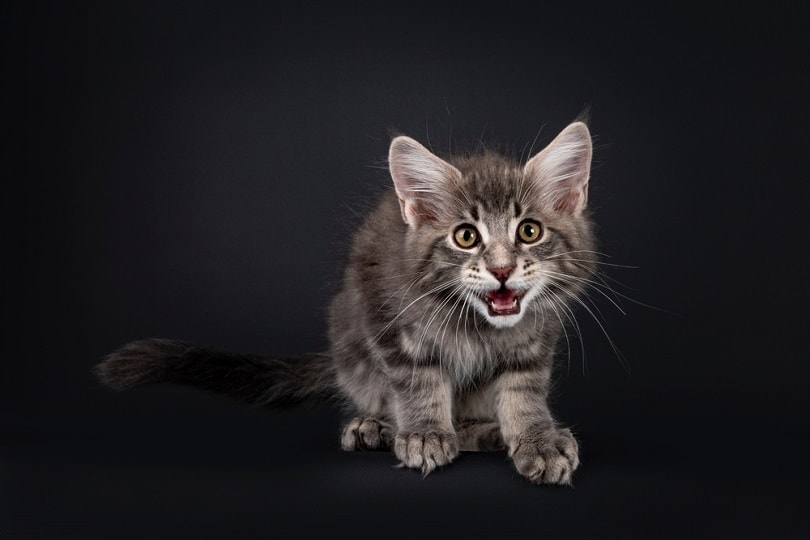
Since tabby cats aren’t a specific breed, the price will vary depending on the breed. Take your time to find reputable breeders in your area who will put the kitten’s health as a priority. Make sure they are transparent to you regarding the kitten’s health and ask for the health records they have of your future kitten.
It’s typically much cheaper to adopt tabby kittens, and you can often find cats with this trait at your local pet adoption center. Many shelters have low adoption fees that cover basic health checkups as well. When you adopt a Tabby cat you’re also offering a home to a loving cat that needed one.
 3 Little-Known Facts About the Tabby Cat
3 Little-Known Facts About the Tabby Cat
Despite their popularity, tabby cats have some shroud of mystery around them. There’s so much to learn about cats with this special marking. Here are some of our favorite tabby cat facts.
1. Tabby genes originate from ancient wildcats
The tabby gene traces back to the wildcat ancestors of domestic cats. Both domestic cats and many wild cats, such as cheetahs, share the Taqpep gene, which affects the color and markings on a cat’s coat. A mutation of the Taqpep gene develops the tabby markings. This mutation explains how King Cheetahs got their stripes.
2. There are five different tabby patterns
- Classic
- Mackerel
- Spotted
- Patched
- Ticked
The Classic pattern consists of bold swirls, similar to marble. The Mackerel pattern is made up of stripes that run down a cat’s side, like tiger stripes. A cat with the Spotted tabby pattern will have round or oval spots or rosettes on its body. The Patched pattern is often also called a tortoiseshell or tortie. Cats with this pattern have separate patches of different colors all over its body.
The Ticked tabby pattern is amongst the rarest of tabby markings. Rather than having stripes run across the body, cats with the Ticked tabby pattern will have individual hairs that have bands of light and dark colors on them.
3. Tabby cats received their name from Baghdad silk
The name “tabby” originates from a type of silk found in the Attabiy district in Baghdad. Eventually, the name morphed into “Tabis” and then “Tabby” in the English language.
Attabiy is a neighborhood that produced and sold luxurious silks, including a striped silk taffeta. The neighborhood was named after Attab, an Umayyad prince.
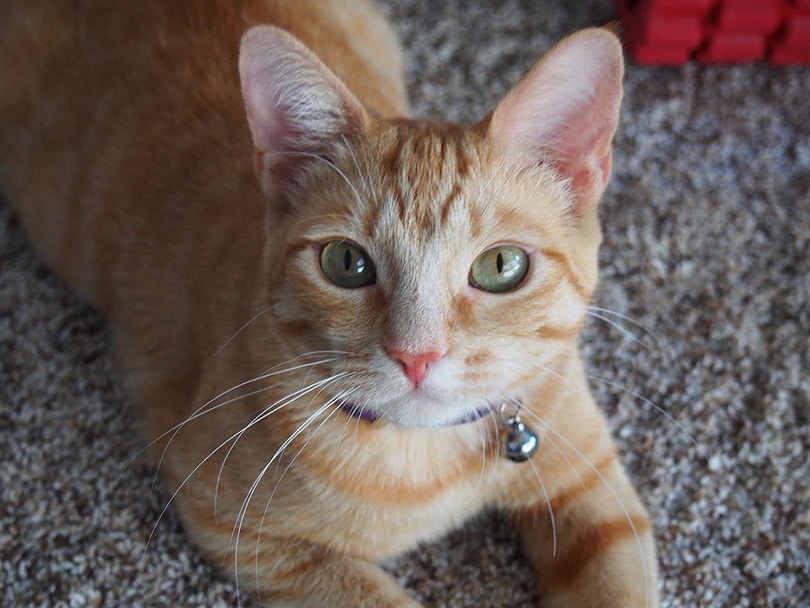
 Temperament & Intelligence of the Tabby Cat
Temperament & Intelligence of the Tabby Cat
The temperament and intelligence of a tabby cat will depend more on the cat’s specific breed. For example, Maine Coons with tabby markings may have a gentle personality and be quite intelligent. Meanwhile, Abyssinians, which are a cat breed with ticked markings, have a strong likelihood of being shyer and extremely agile and athletic.
Regardless of breed, many tabby cat owners comment on how affectionate and playful their tabby cats can be. So, you may end up with a doting and entertaining cat friend, regardless of its breed. Here are some common cat breeds that can have Tabby coats:
- Abyssinian
- American Bobtail
- American Curl
- American Shorthair
- American Wirehair
- Birman
- Cornish Rex
- Devon Rex
- Egyptian Mau
- Exotic Shorthair
- Javanese
- Maine Coon
- Manx
- Norwegian Forest Cat
- Ocicat
- Oriental
- Persian
- Ragdoll
- Scottish Fold
- Siberian
- Somali
- Turkish Angora
- Turkish Van
Are These Cats Good for Families? 👪
Some tabby cats will be good for families with young children, while others will do best living in homes with less action. For example, Himalayans can adopt the tabby marking, but they prefer quieter environments. Manx cats are more playful and have been known to do well living in homes with children.
So, when looking for tabby cats, make sure to consider the cat’s breed and how it’s been raised. These factors can provide more helpful insight into whether a cat will integrate well with your family.
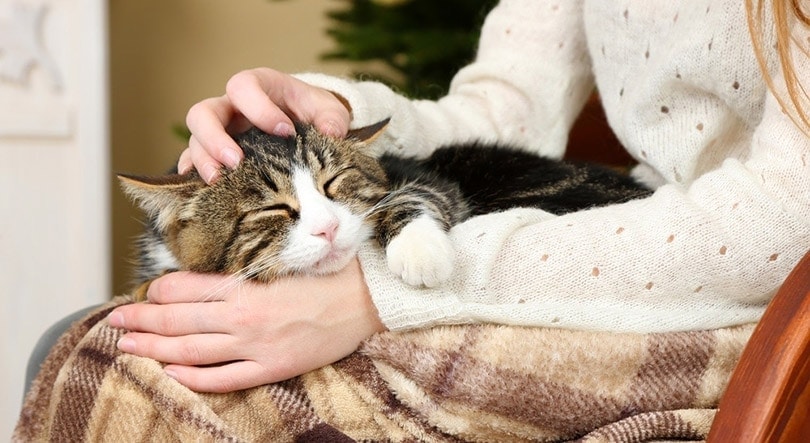
Does This Breed Get Along with Other Pets?
Again, the cat’s breed will be a contributing factor to its temperament and ability to live harmoniously with other animals. Norwegian Forest Cats and Siberians are some cat breeds that can have the tabby marking and are known to get along with dogs.
More than breed, early socialization can help immensely with the success of cats living with other pets. Introducing tabby kittens to other pets incrementally and slowly can help them become more accustomed to other animals.
 Things to Know When Owning a Tabby Cat:
Things to Know When Owning a Tabby Cat:
Food & Diet Requirements 🐡
In general, cats require a high protein diet because they’re obligate carnivores. Adult cats need a diet that consists of at least 26% crude protein on a dry matter basis. They also need a daily intake of many different essential nutrients, including taurine and arginine. Nutrient deficiencies will lead to malfunctioning organs and the development of certain diseases, such as feline taurine retinopathy.
Before bringing home a tabby cat, make sure to research the specific dietary needs of its breed. Some cat breeds will have genetic risks that are affected by diet, such as proneness to obesity.
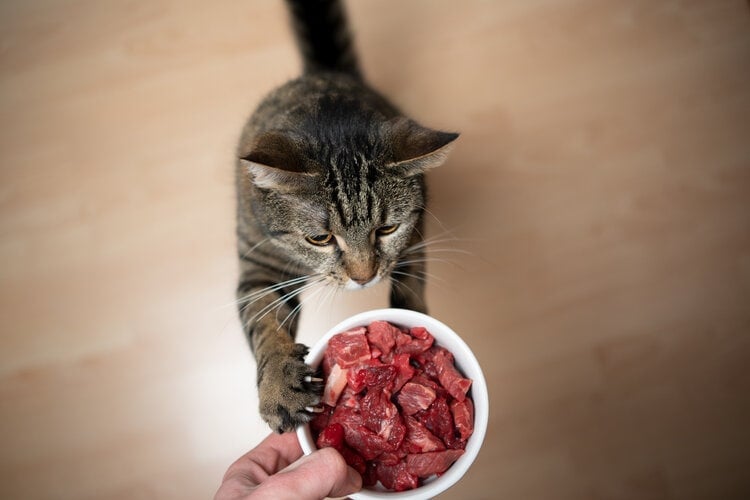
Exercise 🐈
On average, cats should receive 30–45 minutes of daily exercise provided by their owners. This can include play sessions with cat toys or using enrichment toys for mental stimulation. Some tabby cats will be more active than others because of their age and breed.
Active cat breeds, such as Abyssinians and Savannahs, will need even more daily exercise and can benefit greatly from cat trees and perches placed throughout the home.
Training 🧶
The trainability of tabby cats will also depend on the breed. Maine Coons and Ocicats are known to be highly trainable while Birmans and Scottish Folds can be more aloof and independent.
If you’re ever facing challenges with certain behaviors, you can always contact a reputable cat behaviorist who can help you understand and address these sorts of behaviors.
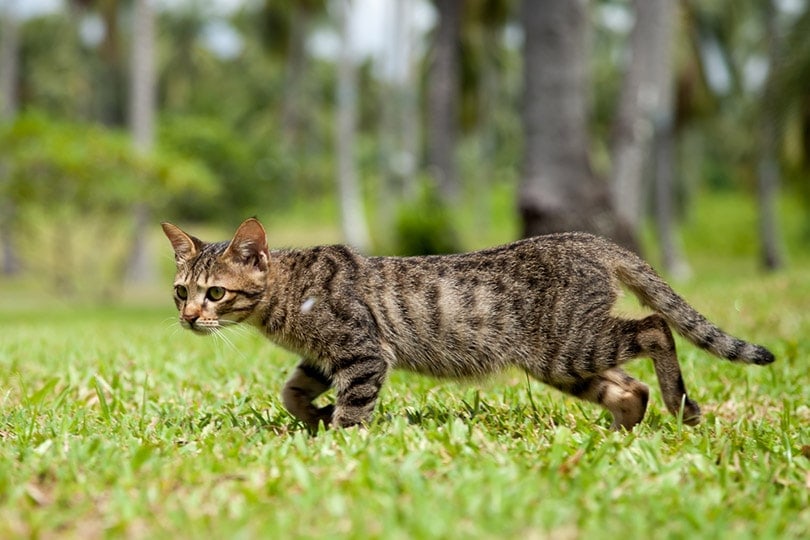
Grooming ✂️
Long-haired cat breeds typically require more grooming time than cats with short hair. You can expect to spend more time grooming Birmans, Norwegian Forest Cats, and Longhaired Persians.
Cats with shorter coats, such as British Shorthairs, Cornish Rexes, and Ocicats don’t need too much assistance with grooming.
Health and Conditions 🏥
Since many different types of cats can represent the tabby cat, there’s a wide variety of health conditions a tabby cat may develop throughout its lifetime. Here are some common health issues that cats can experience.
- Feline Lower Urinary Tract Disease (FLUTD)
- Fleas
- Tapeworms
- Hyperthyroidism
- Feline Immunodeficiency Virus (FIV)
- Feline Leukemia Virus (FeLV)
- Cancer
- Hypertrophic Cardiomyopathy (HCM)
 Male vs Female
Male vs Female
Sufficient data isn’t available to definitively state that male and female tabby cats have completely distinct temperaments and personalities. Other factors, such as breed and upbringing, will have a more significant impact on how a cat behaves.
Another factor that can affect a cat’s behavior is if it’s been neutered or spayed. Neutering significantly reduces the occurrences of roaming because cats no longer need to find a mate. It can also reduce urine marking and aggression towards other cats. Some cats may also become less vocal because they don’t need to call out for a mate.
So overall, a cat’s sex doesn’t affect its temperament more than other biological and environmental factors. While some individuals may claim that male and female cats have distinct temperaments, there isn’t enough research that sufficiently supports this observation.
 Final Thoughts
Final Thoughts
There’s no denying that tabby cats have adorable and unique markings. Fortunately, you can find many different breeds of cats that have tabby markings. This makes the world of tabby cats large and diverse.
With all the different combinations of colors, types of marking, and cat breeds, you’ll encounter many kinds of tabby cats as you search for one. You’re bound to find a tabby cat that suits your lifestyle and become a beloved family member in your home.
Featured Image Credit: Pixabay
 Tabby Kittens
Tabby Kittens 3 Little-Known Facts About the Tabby Cat
3 Little-Known Facts About the Tabby Cat